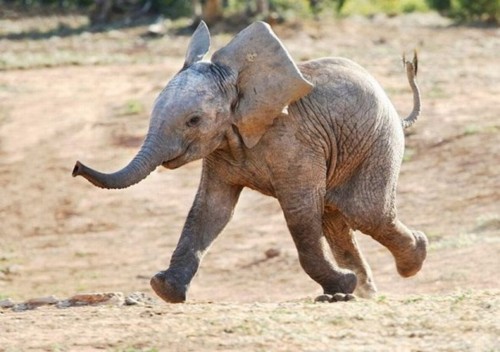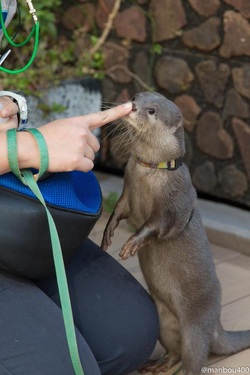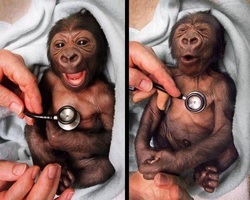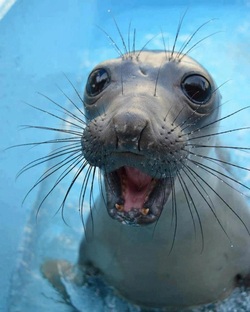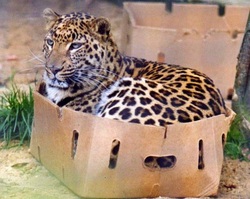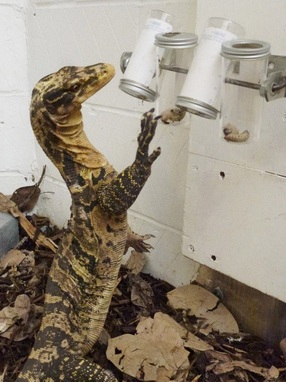Behavioural Husbandry Management
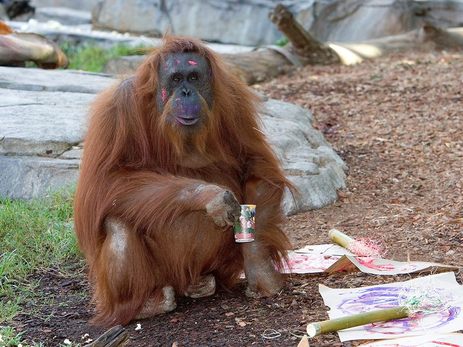
Behavioural Husbandry Management is an integral facet of animal care that incorporates the practical applications of animal training, environmental enrichment and behavioural research in a comprehensive package that attends to animals' psychological needs.
“Animals deserve the best care we can possibly
provide. Training should not be considered a luxury that is only provided if there is time; it is an essential part of good animal care. Just as one would never consider developing an animal care program without a veterinary component, a nutritional component, a social component, and an environmental component; nobody should consider caring for an animal without a behavioral management component integrated into the program”
Ken Ramirez – from the introduction to “Animal Training: Successful Animal Management through Positive Reinforcement.”
The example provided by Disney's Animal Kingdom:
“Animals deserve the best care we can possibly
provide. Training should not be considered a luxury that is only provided if there is time; it is an essential part of good animal care. Just as one would never consider developing an animal care program without a veterinary component, a nutritional component, a social component, and an environmental component; nobody should consider caring for an animal without a behavioral management component integrated into the program”
Ken Ramirez – from the introduction to “Animal Training: Successful Animal Management through Positive Reinforcement.”
The example provided by Disney's Animal Kingdom:
- Integrate training and enrichment methods into the daily care of animals to enhance their welfare.
- Motivate staff by building technical & leadership skills that provide professional development to ensure excellence in animal care.
- Inspire guests to take action for wildlife and wild places through a better understanding of animal enrichment, training and welfare.
|
Training
Animal Training is offered to a vast range of species as a stimulating activity that occupies their time, provides achievable challenges, a sense of satisfaction/ accomplishment, an opportunity to strengthen human-animal bonds and prepares them to co-operate with veterinary procedures and husbandry interventions like animal introductions or transportation. All animal training offered, taught and recommended by Chivalric Ethology is Positive Reinforcement Training, meaning animals choose if they would like to participate and are rewarded for correct responses and learning, never punished for incorrect responses. This way, trust is developed between animal and trainer increasing that animal's emotional welfare and the whole experiences becomes a game for the animal's enjoyment and benefit. Enrichment Environmental Enrichment is an umbrella term to describe the provisioning by animal care staff of a range of stimuli designed to engage and inspire captive animals and occupy their time in healthy, species-specific activities that they find rewarding and pleasurable. It is not possible for zoo animals to experience the full complexities of life in their natural, wild habitat. It is also true to say that many experiences in the wild may be deemed extremely stressful and even life-threatening. All zoos have a duty to provide optimal welfare, and part of that is to incorporate daily environmental enrichment. There are 6 categories of Enrichment (see below), each with almost endless possibilities, and many times a particular enrichment idea will combine two or more categories. For example, a whole carcass given to a pack of hunting dogs offers the individuals a more time consuming and more physical challenge of feeding than meat cut up in a bowl, and at the same time provides an opportunity for the pack to co-operate and reinforce social bonds, solidify hierarchies and solve squabbles over choice pieces of meat. Thus, Food, Physical and Social enrichments are provided all at once. Categories:
Research Behavioural research can cover many aspects of an individual or species' repertoire and can be used for pure scientific discovery or for a variety of applied outcomes including conservation and welfare. More information is provided here. |
|
Guest Involvement
Great zoos know that guests enjoy talking to the people who work directly with animals. When animal keepers interact with guests, they can make an inspirational connection that lasts a lifetime and this can sometimes be a life-changing experience for the guest. Studies in the USA have shown that two major influences affect people’s positive connection to the natural world. One is the time they spent in nature as a child, and the other is a person or people in their lives who have modelled a passion for nature and wildlife. Zoo guests can often witness animal training sessions that are part of shows, talks or demonstrations. But the behind-the-scenes training is even more impressive. This includes animals trained to assist in their own health care (husbandry training) and techniques that advance animal management such as smooth relocating from one area to another and acclimating animals for travel to other zoos when necessary. Communicating these messages to guests helps them understand how we work closely, yet safely, around wild animals and provide them with excellent care. |
